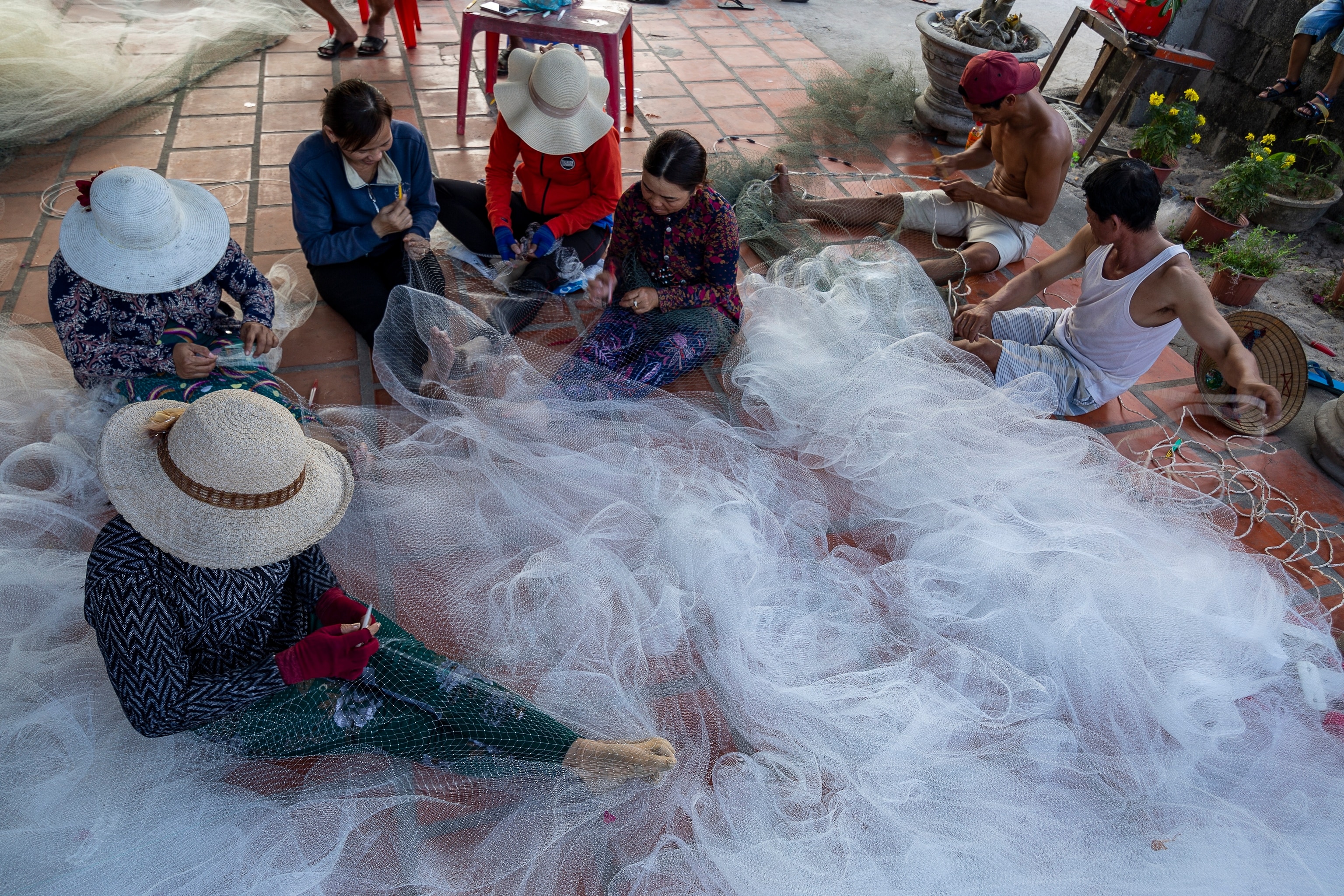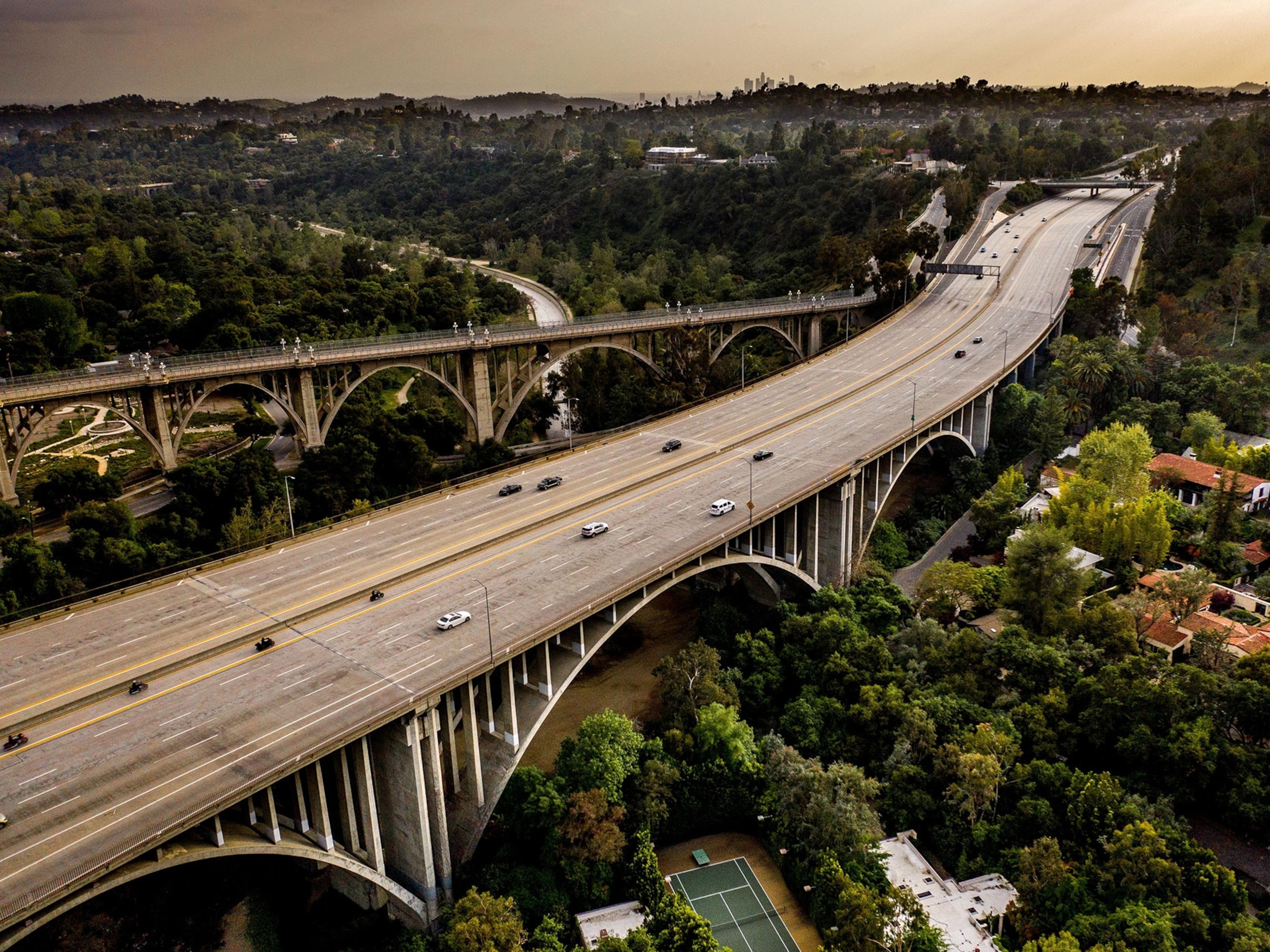
Charting their own course
In small villages along coastal Vietnam, basket boats were born out of financial necessity but have come to represent independence.
The basket boats that dot the waters from the southern coast all the way up to Danang have become iconic to Vietnam. The origin of these coracles is unclear, but many believe they were born out of ingenuity during the French colonial era. As the story goes, when the French levied taxes on boats in Vietnam, fishermen couldn’t afford to pay them – so they designed circular woven “baskets” that just so happened to also function as boats. The basket boats quickly became popular up and down the coast thanks to both their tax-free status and their impressive engineering.

Making each basket boat (called “thung chai” or “thuyen thung”) was a meticulous process that required special skills. It took a specialized artisan several days to make a boat by hand. To start, he would gather young bamboo (used because bamboo is buoyant and flexible). After sun-drying the bamboo pieces, he would then whittle them down to an exact size before weaving them together by hand. Once the basket frame was done, the artisan would cover it with resin or tar. In some instances, he might use a layer of cow dung mixture along the bottom of the boat to fully waterproof it. For the final step, the boat is covered in a layer of sap from a local tree before being left out in the sun to dry.


Generations of fishermen have been using basket boats thanks to their superior engineering. The round shape of the boats and their lightweight materials help them move naturally with the sea. While other boats cut through the water, basket boats stay above the waves and rarely overturn. This means fishermen can fish closer to shore in basket boats than in other vessels. Basket boats can be pushed straight into the ocean from the beach, whereas heavy long tail boats generally have to enter the water through a river.
Learning how to maneuver a basket boat properly takes time. Unlike other boats, their round shape causes them to spin in circles. Traditionally, fishermen controlled the boats by waving an oar back and forth in an arc-like motion.

Basket boats are an important part of communities in coastal Vietnam. They operate as lifeboats during emergencies at sea. The boats frequently double as lightweight transportation for cargo or people. Basket boat races are popular components of local village festivals.
While there are still traditional basket boat weavers, many fishermen have updated their vessels. Modern versions of basket boats use fiberglass, canvas and composite. Many have sails or engines to help them travel further offshore.


Much as they were back when they were created, basket boats today are a symbol of independence. Modern fishermen often have to work on large fishing vessels that take them away from their families for weeks at a time. Owning a basket boat allows them to operate independently and to make their own living. In many cases, thanks in part to basket boats, fishing has become a family business that will continue to be passed down through future generations.
In communities across the world, people are reconnecting with their natural environments, seeking out ways they can live more sustainably. Read more about these stories here.





